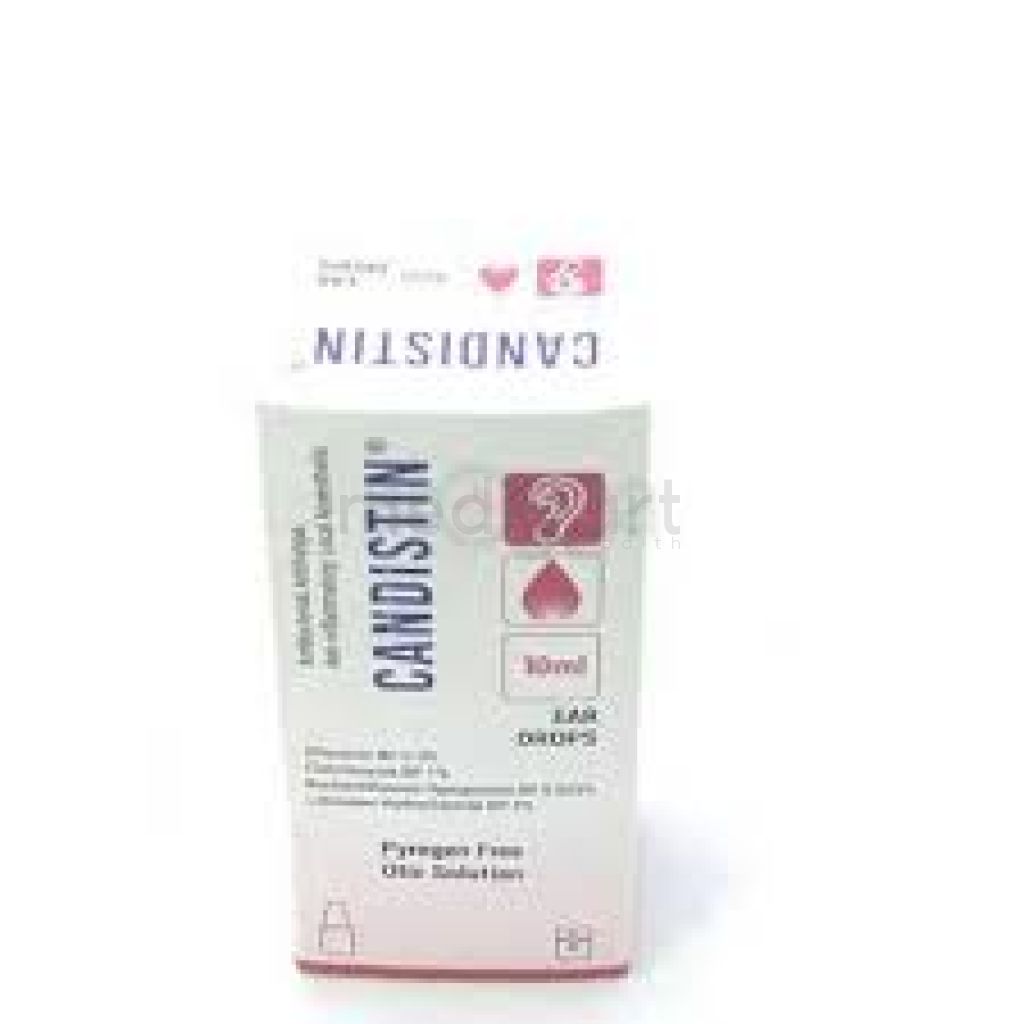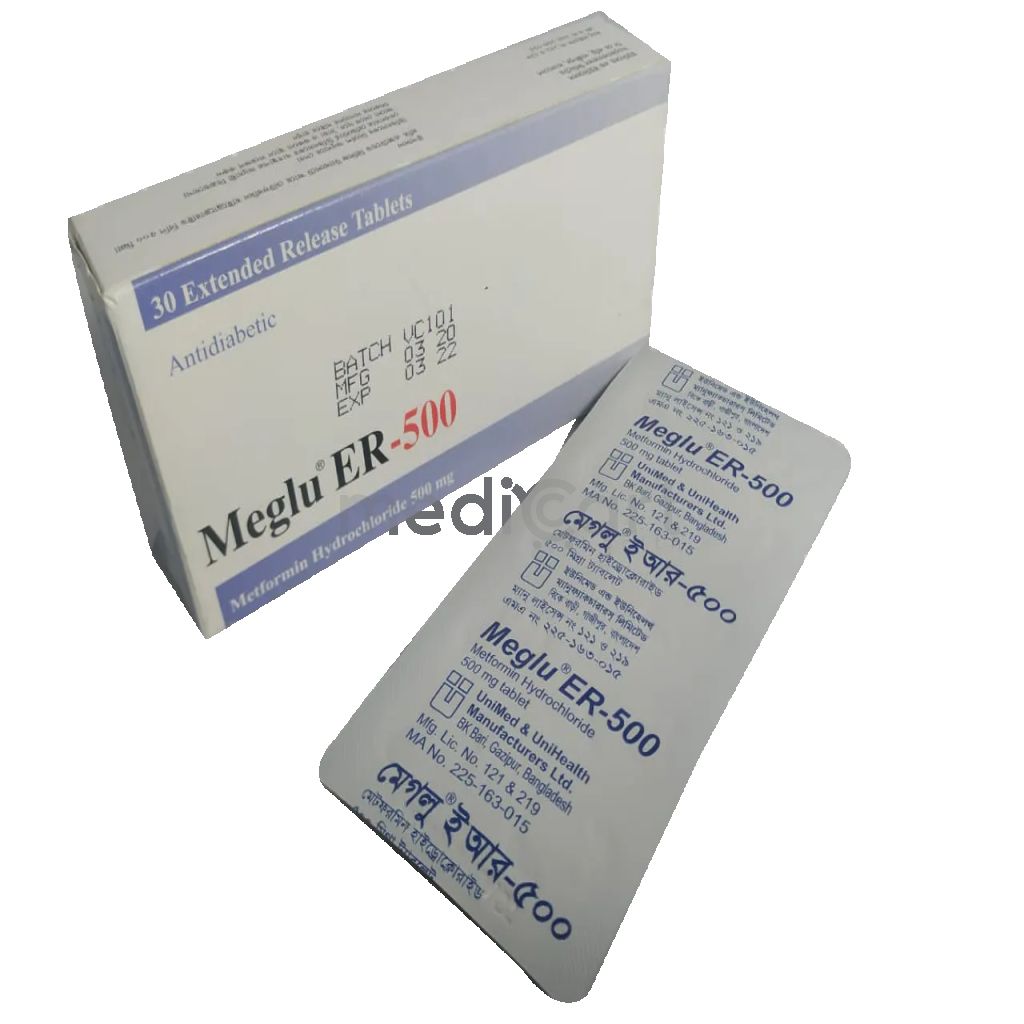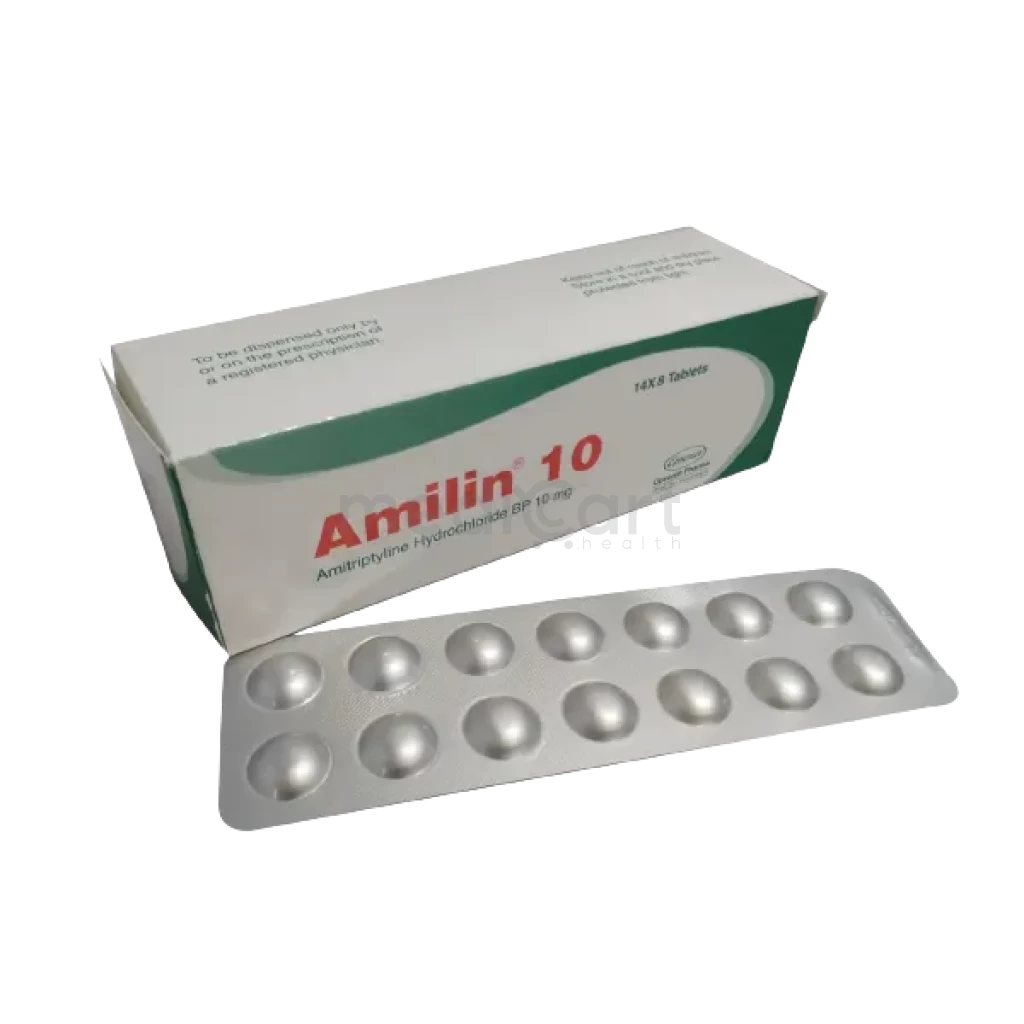

Candistin - 10 ml
Drops
Pack Size :
1 Bottle x 1 Packet
Manufacturer :
Unimed & Unihealth Manufacturers Ltd.
Best Price *
TK
150.00
* Delivery will be done in Dhaka city only.
More Information About - Candistin - 10 ml
Description
Generic Name
Ofloxacin + Clotrimazole + Beclomethasone + Lidocaine ear prepPrecaution
Not for Ophthalmic use. Prolonged use may result in overgrowth of non-susceptible organisms. If local irritation or sensitization occurs, discontinue this preparation and institute appropriate therapy. If otorrhea persists after a full course of therapy, or if two or more episodes of otorrhea occur within six months, further evaluation is recommended to exclude an underlying condition such as cholesteatoma, foreign body, or a tumor.Indication
Treatment of superficial bacterial and fungal infections of the earContra Indication
Hypersensitivity, Viral infections of the ear.Dose
N/ASide Effect
Itching, burning, irritation, dryness, earache, headache, vertigo, dizziness, redness, folliculitis, hypertrichosis, acne form eruptions and hypopigmentation.Pregnancy Category
Name : Not Classified
Description
FDA has not yet classified the drug into a specified pregnancy category.Mode of Action
Ofloxacin is a fluoroquinolone that has a broad spectrum of activity against otic pathogens without ototoxicity. Hence Ofloxacin is preferred to Aminoglycosides for any application within the middle ear space. Ofloxacin exerts antibacterial activity by inhibiting DNA gyrase of bacteria. Clotrimazole is a synthetic imidazole derivative, which is a broad-spectrum antifungal agent that exerts fungicidal activity against fungi responsible for superficial mycotic infections affecting the outer or middle ear including Candida, Microsporum & Trichophyton. Clotrimazole inhibits Cytochrome P-450 synthesis of Ergosterol, which decreases fungal cell wall integrity thus inhibits fungal growth. Clotrimazole also has activity against certain bacteria such as Streptococci and Staphylococci. The antibacterial effect of Clotrimazole is advantageous to treat mixed bacterial-fungal infections. Beclomethasone Dipropionate is a potent steroid as compared with other topical corticosteroids. Beclomethasone like other topical corticosteroids, has anti-inflammatory, antipruritic, and vasoconstrictive properties. It induces phospholipase A2 and sequentially inhibits the release of arachidonic acid, thereby depressing the formation, release, and activity of prostaglandins, leukotrienes, and other inflammatory mediators. Lidocaine Hydrochloride is a topical local anesthetic which helps to reduce pain and stinging in the ear.Interaction
N/APregnancy Category Note
Safety during pregnancy or lactation has not been established. It is not known whether the active substances pass into breast milk when applied topically. Therefore, the potential benefit of this product during pregnancy or lactation, should be weighed against possible hazard to the fetus or the nursing infant.Adult Dose
Ear drop Adults: Instill 2-5 drops 3-4 times daily into the affected ear for 7-14 days.Child Dose
Otitis Externa with intact tympanic membrane: From age 06 months & older. Chronic Suppurative Otitis Media with perforated tympanic membrane: 12 years & older. Ear drop Children: Instill 2-5 drops 3-4 times daily into the affected ear for 7-14 days.Renal Dose
N/AAdministration
N/ADisclaimer
The information provided herein are for informational purposes only and not intended to be a substitute for professional medical advice, diagnosis, or treatment. Please note that this information should not be treated as a replacement for physical medical consultation or advice. Great effort has been placed to provide accurate and comprehensive data. However, Medicart along with its authors and editors make no representations or warranties and specifically disclaim all liability for any medical information provided on the site. The absence of any information and/or warning to any drug shall not be considered and assumed as an implied assurance of the Company.







